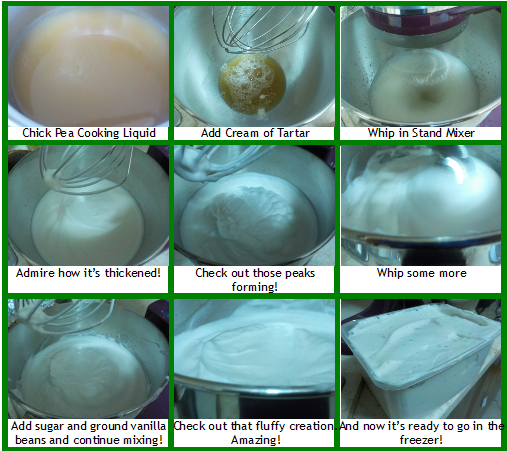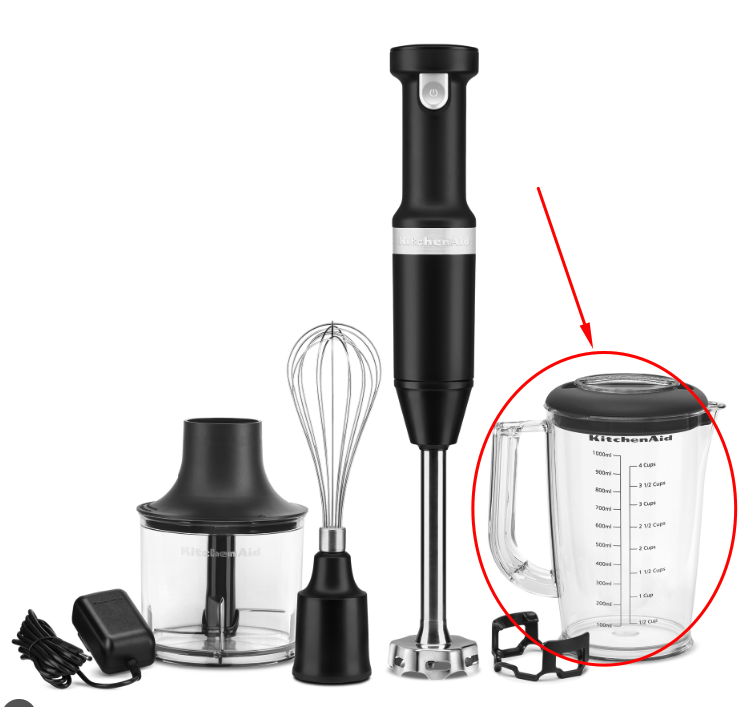A second, "no machine" answer with the lowest chance of crystals: You have to do the oldfashioned process, which was used before people automated it.
First, you need the freezing container. Take two steel bowls that fit into each other, with 2 cm or more gap. Find some way to fix them so the small one is within the large one, but hovering above the bottom and centered, to have a consistent gap everywhere. Fill with water (not to the rim) and freeze for 24 hours. If your contraption to hold both is strong enough, the expanding ice will be pushed up and will not cause problems. If it pushes the inner bowl up or something else, try salted water or vodka instead, to work with a liquid coolant.
Now that you have your frozen container, pour your chilled base into the inner bowl. Take a baking spatula. It can be silicone, rubber, or stiff (plastic/wood), the important part is for it to mostly fit the bowl's curvature. So only use a straight-sided spatula for a cylindrical or conical bowl. Start stirring with a slow, constant, scraping motion. The base that touches the wall will form a thin frozen layer, and it is your job to remove it from there and let it mix into the middle, while new liquid goes on to the wall.
Stop stirring when ready, and fill into the final container. I like using a prefrozen glass box with a snap-on plastic lid. Place it into the freezer.
The hardest part is to know when to stop. If you stop too soon, the base will still be too liquid, and it will freeze too solid afterwards. If you continue for too long, you will "butter it out" (destroy the emulsion in the base). You have to learn when a given recipe is at its best through trial and error, and stop there. As an orientation value, a standard dairy recipe with about 800 ml base takes 45 min to 60 min of stirring.
As a beginner, I will suggest using recipes with sufficient amounts of emulsifier. Creating a good vegan recipe is difficult anyway, since dairy cream and yolks are uniquely suited for good ice cream. Find a recipe which uses emulsifier and sufficient amounts of fat. To be on the safe side, consider starting with boozy styles, like this grapefruit campari sorbet (you can easily replace the cane sugar with another sugar, for example agave syrup).

